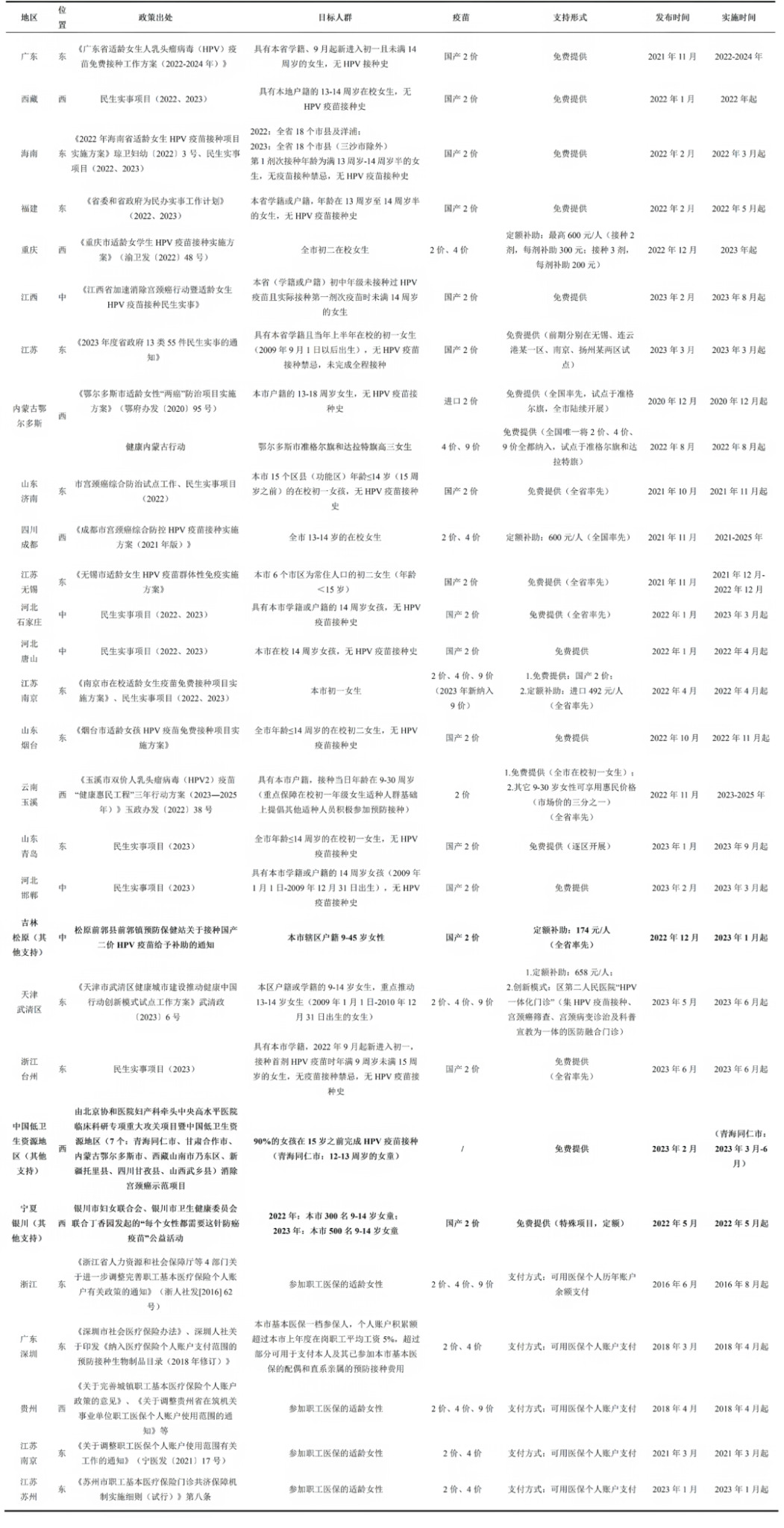Journal Content Recommendation
01
Access to Immunization in Middle-Income Countries: Immunization Agenda 2030 In-depth Review
This review highlights immunization performance in these countries from 2019 to 2022, visualizing a selection of IA2030 Impact Goals and Strategic Priority indicators from the IA2030 Monitoring and Evaluation Framework and scorecard. It also reviews four bottlenecks slowing progress and highlights major initiatives supporting middle-income countries: (1) Sustain and increase public funding for immunization; (2) Ensure availability and affordability of vaccine supply; (3) Strengthen evidence-based decision-making; (4) Increase demand for immunization and ensure efficient delivery of
Vaccines.
02
Vaccination coverage of three non-EPI vaccines among the national population aged ≥60 years from 2019 to 2023
The national vaccination coverage rates of influenza vaccine among the population aged ≥60 years and older were 57%, 3.03%, 3.75%, and 4.16% in the 2019-2023 influenza seasons. The national vaccination coverage rates of PPV23 were 2.5%, 2.80%, and 3.23% from 2020 to 2022. The national vaccination coverage rates of RZV were 0.01%, 0.04%, and 0.10% from 2020 to 2022. The vaccination cover‐age rates of the three vaccines among the national population aged ≥60 years showed an increasing trend from 2019 to 2023; however, a gap still exists when compared to developed countries.
03
Analysis of the current status of Haemophilus influenzae type b vaccine in 194 member countries of the World Health Organization
Among the 194 WHO member countries, all except China have included at least one type of Hib vaccine in their National Immunization Program (NIP), and 25 countries have included Hib vaccines in immunization programs for high-risk populations. The two vaccines that have been included in most immunization programs are diphtheria-tetanus-whole-cell pertussis-Hib-hepatitis B combined vaccine (DTwP-Hib-HepB) (122 countries) and diphtheria-tetanus-acellular-cell pertussis-Hib-hepatitis B-inactivated poliovirus combined vaccine (52 countries). In the world, 136 countries have implemented a 3-dose immunization program,57 countries have implemented a 4-dose immunization program, and 3 countries have implemented a 5-dose immunization program. Except for the WHO West Pacific Region, the Hib vaccine coverage rate in WHO regions maintained >70% by 2022, of which the South-East Asia and Europe Regions are >90%.
04
The second annual Vaccination Acceptance Research Network Conference (VARN2023): Shifting the immunization narrative to center equity and community expertise
This article is a synthesis of evidence-based insights from the VARN2023 Conference. Four key recommendations were listed in the report: (1) Make vaccine equity and inclusion central to programming to improve vaccine confidence, demand, and delivery; (2) Prioritize communities in immunization service delivery through people-centered approaches and tools that amplify community needs to policymakers, build trust, and combat misinformation; (3) Encourage innovative community-centric solutions for improved routine immunization coverage; and (4) Strengthen vaccination across the life course through building vaccine demand, service integration, and improving the immunization service experience.
https://doi.org/10.1016/j.vaccine.2024.05.075
05
Cost-effectiveness analysis of the pediatric 20-valent pneumococcal conjugate vaccine compared with lower-valent alternatives in Argentina
Compared with PCV13 and PCV15, PCV20 was estimated to avert more cases of invasive pneumococcal disease, all-cause pneumonia, and all-cause otitis media as well as deaths, resulting in savings in direct medical costs. Over a 10-year horizon, vaccination with PCV20 was expected to be the dominant, cost-saving strategy versus PCV13 and PCV15 in children in Argentina.
https://doi.org/10.1016/j.vaccine.2024.06.011
Content Editor: Tianyi Deng
Page Editor: Ziqi Liu





